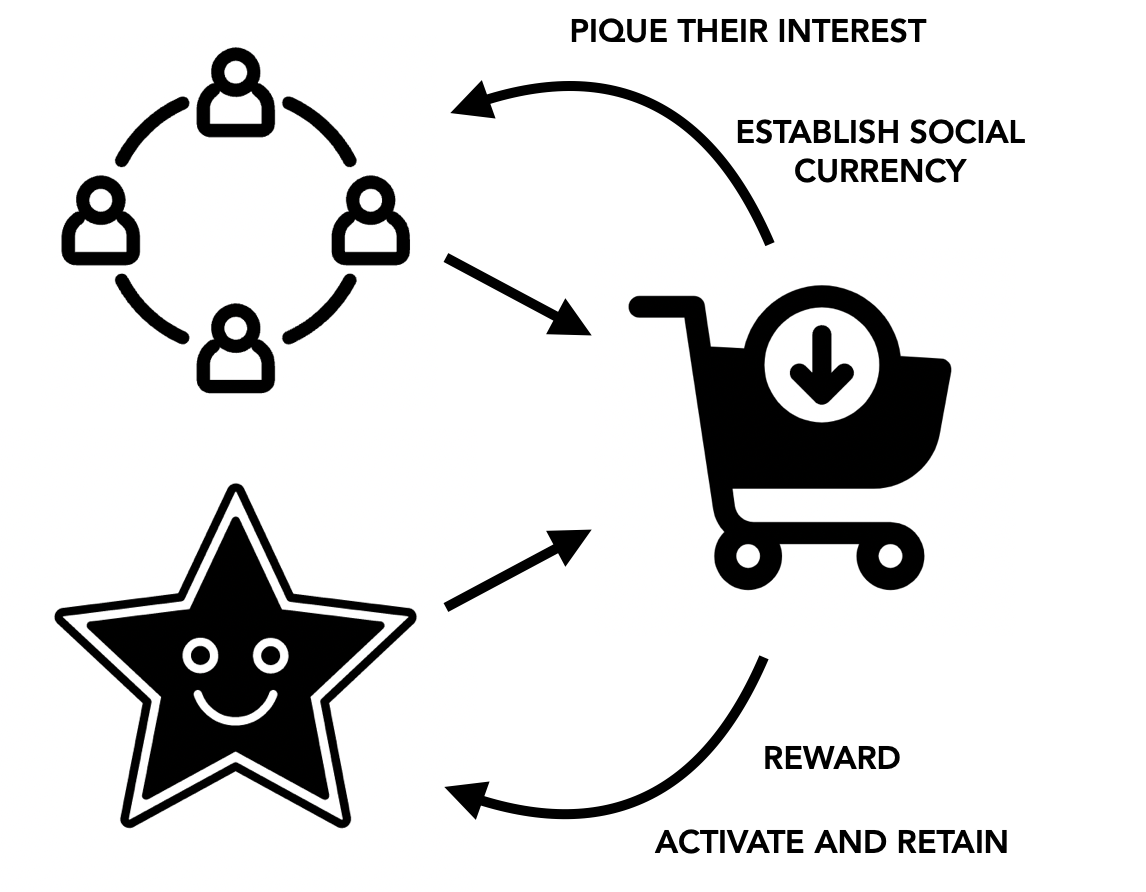Welcome to the Sociology of Business. Sociology of Business now offers a paid membership program. Paid options are for the members of this community who want to be the first to access everything from Web3 brand-building to the new business models and emerging creative formats. Since its inception, the Sociology of Business has been the source code for many other analyses, strategies and brand-building approaches. Members will now have the front-row seat. If you are not yet subscribed, join the community by subscribing below and joining the Sociology of Business Discord. You can find my book, The Business of Aspiration on Amazon and you can find me on Instagram and Twitter. For those new here, in my last analysis, Group Buying, I explored what group buying is, use scenarios and opportunities of group buying for mass, DTC and luxury brands.
Just as Instagram and TikTok have integrated e-commerce components to drive monetization, traditional e-commerce platforms have the opportunity to integrate community and entertainment components to enhance customer acquisition, activation, and retention.
Traditional e-commerce customer journey goes through stages of consideration, evaluation, purchase and post-purchase (bonding, advocacy and loyalty). The core assumption of the traditional customer journey is choice optimization - the progressive reduction of massive menu-like options at each stage of the journey.
The journey begins with the consideration stage, there are active or passive actions (active search or passive targeting and social influence). Consideration phase includes the small number of brands that consumers take into account as leads.
After consideration, consumers evaluate their options and subtract the number of products/brands.
Purchase happens when a consumer zooms in one one option.
Post-purchase experience takes shape of bonding (with other brand members or brand representatives), advocacy (recommending the brand and its products to others), loyalty (repeated purchases out of high brand affinity or sheer inertia).
In contrast, community-driven customer journey is short. The core assumption of the community-driven journey is not the progressive reduction of options, as is in the traditional e-commerce journey, but access to highly targeted and personally relevant options from a get-go.
The elements of the community-driven journey are:
Unlike traditional e-commerce journey, which starts from a massive menu of options, the feed starts from popular SKUs. How does this happen?
It happens through integration of social components into the traditional online shopping process.
This analysis, including charts depicting entertainment and community-enhanced e-commerce and specific recommendations how to implement community commerce, is for paid subscribers. Subscribe to access.
Keep reading with a 7-day free trial
Subscribe to The Sociology of Business to keep reading this post and get 7 days of free access to the full post archives.






